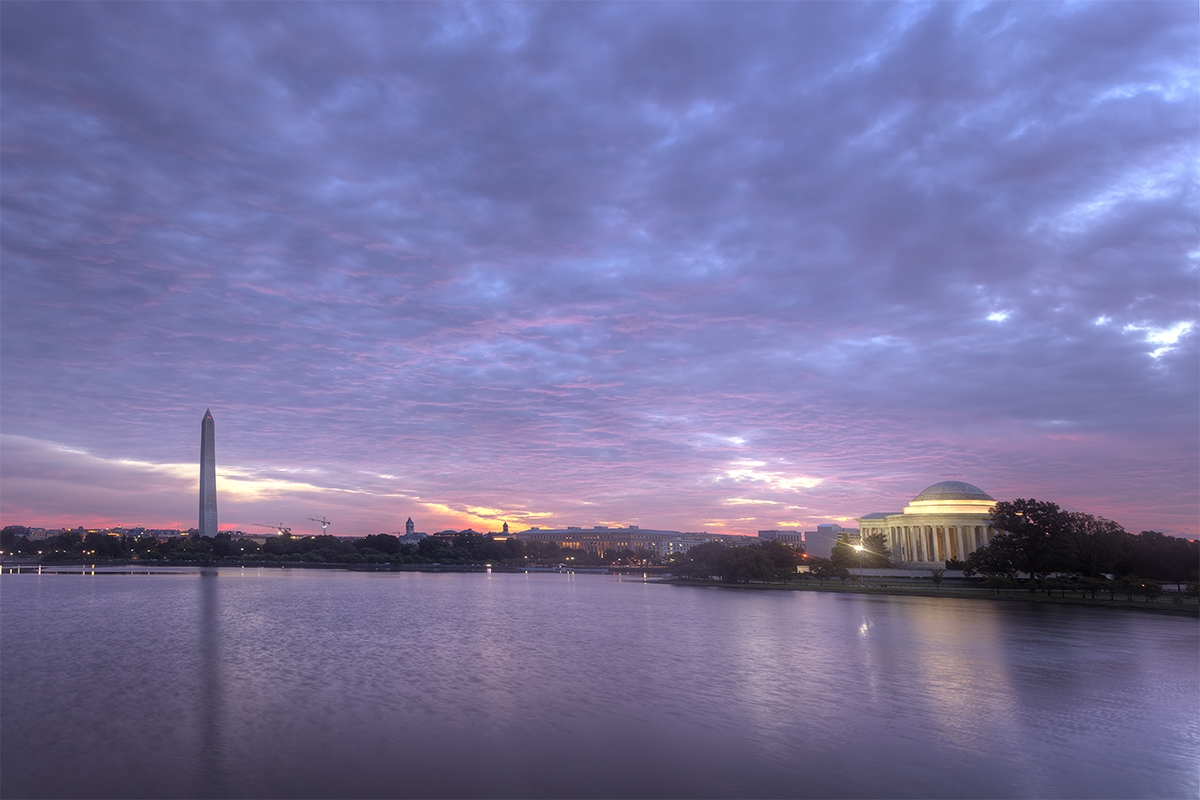

On other evenings and weekend afternoons, we left the pools at Dead Run to cross the river and slip into the water at the far edge of the Maryland islands, rock-hopping and wading our way to a depth we could sink our bodies into. I learned during that heat wave to interpret the river’s current as the instrument of its more dangerous desires. A covalent bond formed between myself, my partner, and the river, three molecules distinct but together, connected by a fluid exchange of desire for one another. It was obvious, wringing my hair out and toweling off, that I had also absorbed some part of it. When I pulled my body out of the pool, a piece of me felt missing, as though the river had absorbed some part of me. Water slipped in, seeped out, and it began to feel easy to imagine myself as a literal part of the Potomac River, as real and embodied as a molecule of water. Fingertips wrinkled like waves, and our hair swirled into eddies. Though we were not necessarily touching, sharing our own bodies with a body of water joined me to my partner, and my partner and me to the river.

Swimming is about touching the surface of the water and drawing yourself across it, it is about remove and submersion and sometimes it is also about submitting to the strength and current and direction of the water.” “It is not only in the way that water caresses your skin,” Akiko Busch writes in Nine Ways to Cross a River, “but also in the way it is all about reaching as far as you can. Surely there is no other act besides sex itself that is more naturally sensual than swimming. During these evening swims, the only feeling I could keep hold of in the water was pleasure. With the weight of your body altered under the water, the weight of everything else lessens. Any emotion-hope or fear or anger-is diffused or drowned.

You slip beneath the surface and arrive in a different realm, aware of a loosening of the mind and a lightening of the body. To enter a body of water is to cross a boundary. Our bodies dissolved into the deepest pool and we floated, together, in the quiet. My attention drifted, and words wandered away. The silky chill shocked my broiling body, then obliterated the memory of heat. Edging around lolling watersnakes, we settled onto the sunbaked rocks and slid into the cool water. In the early evenings, with our brains scrambled and limbs listless, my partner and I perspired down the trail headed for the waterfalls and pools of Dead Run. When every day seems to die by noon, there is only one recourse for salvation: water. Summer chanterelles never flushed, and blackberries pruned into dark nubs on their canes. Down on the silty bank, purple coneflowers withered to white and yarrow dried into brown feathers. in over a month, and from up on the Virginia bluffs across the water, the mud-caked rocks riding the surface of the Potomac River looked like firm, dingy icebergs. Sweat pooled in any cavity it could find.
#Tidal basin dc depth windows#
Air conditioners hummed outside apartment windows like swarms of bees. “The status quo is not acceptable here for a place this beloved and this significant,” Malone-France said.July smothered the city, suffocating the prospect of any outdoor activity conducted between sunrise and sunset. Others would relocate entire monuments and let nature take its course. It recently asked several landscape architecture firms to reimagine the area. The National Trust for Historic Preservation named the Tidal Basin one of America’s most endangered historic places. “It’s only going to get worse,” said Katherine Malone-France, who works at the National Trust for Historic Preservation. The Franklin Delano Roosevelt Memorial could be submerged in nine feet of water by the end of the century. If nothing is done, flood waters could also inundate the Thomas Jefferson Memorial and the Martin Luther King, Jr. Yoshino cherry trees glow at sunrise alone the edge of the Tidal Basin on Monday, March 29, 2021, in Washington, D.C. (Carolyn Kaster / AP) “In some areas we’ve lost cherry trees - they’ve been flooded out,” Kennealy said. As the water starts to roll in, where the sidewalk ends becomes its own tourist “distraction.” The Tidal Basin is hit hard because the land there is also sinking.Įvery day, twice a day, the Tidal Basin floods at high tide and the walkway alongside the water disappears underneath it. Business & Finance Click to expand menu.ĭue to climate change, water levels near the nation’s capital are rising faster than almost anywhere else on the East Coast.


 0 kommentar(er)
0 kommentar(er)
